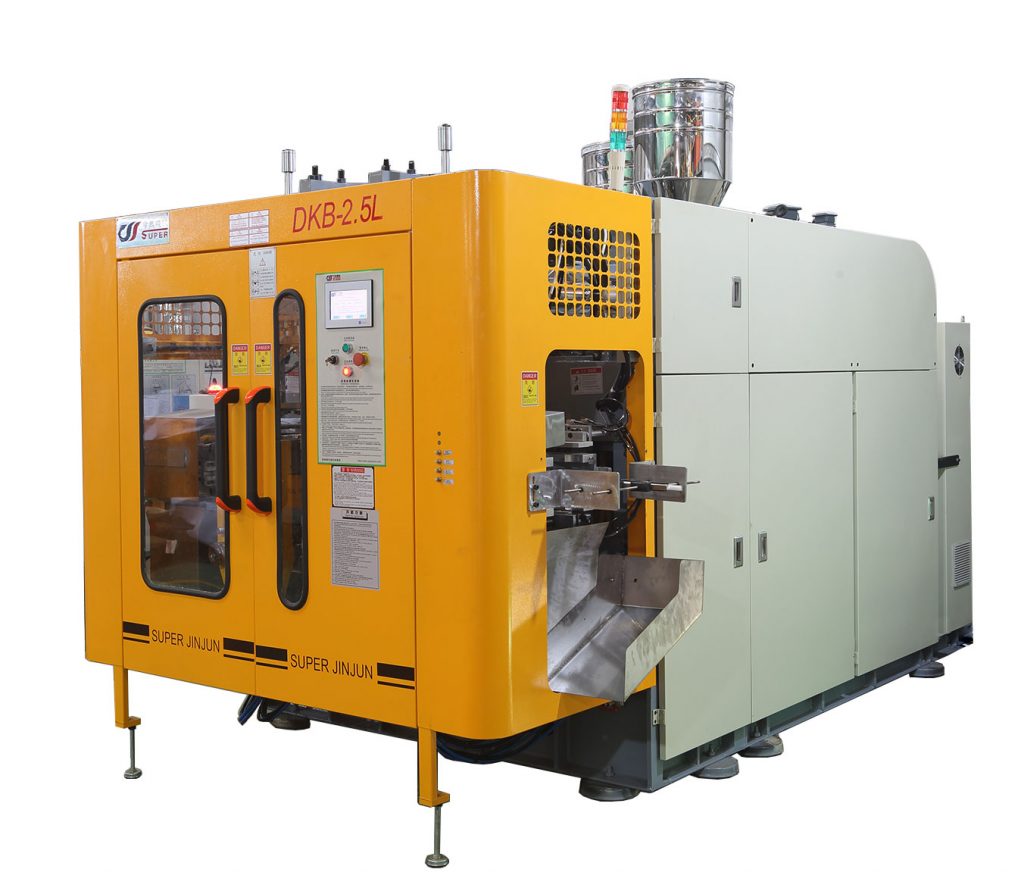Blow molding machine for air intake plastic HVAC duct on automobile
Blow molding is this perfect ideal manufacturing process for HVAC components and assemblies. It can achieve difficult
part geometries with tight tolerances, produce high impact and structural integrity, and is more cost-effective than alternative
molding methods such as rotomolding. Here’s a small sample of some common HVAC components manufactured through blow molding:
A close-up of a blow molded HVAC duct component.
A variety of blow molded HVAC duct components.
Two components of a blow molded HVAC duct assembly.
Optimizing HVAC Duct Design
Our experience in blow molding HVAC ducts tells us the best way to drive cost out is by optimizing part design so wall thickness can be minimized.
This lowers the finished part price by reducing material cost and speeding up the blow molding cycle time.
To minimize wall thickness in the design phase, JinJun Machinery uses a blow molding process simulator throughout development to measure
and optimize localized wall thickness. This bypasses the need for prototype tooling, cuts mold cost, reduces delivery time, and decreases product
development time by up to 40%.
To achieve optimal wall thickness on the production line, JinJun controls the thickness of the blow-mold parison as it’s extruded, thus regulating
the wall thickness as it forms in a mold cavity. This process results in an average 25% reduction in part weight, 10% reduction in cycle time, and
6-8 week reduction in new part debug time.
